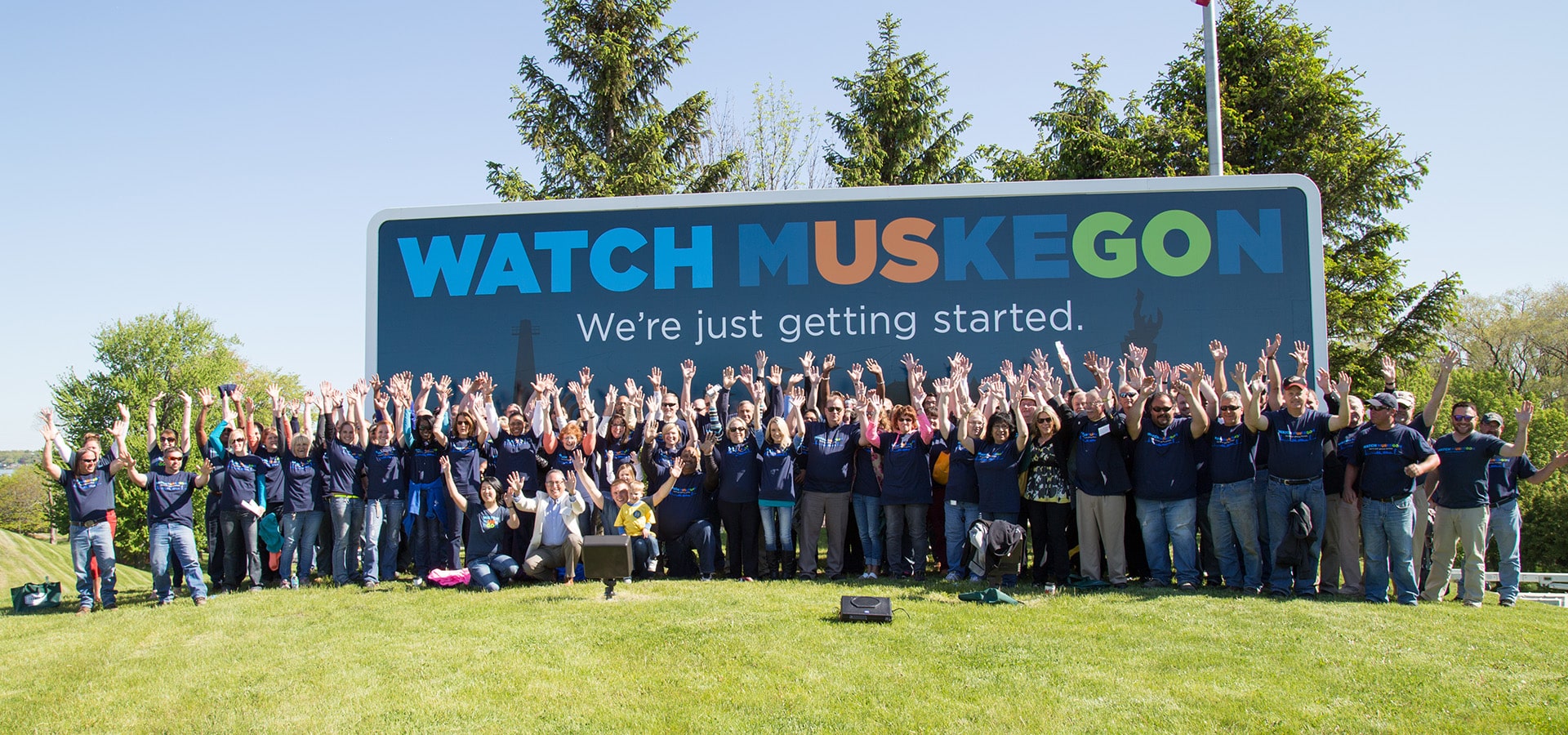Social media is here to stay. So, how do you make the most of it?
When I started my undergraduate degree in 2001, the internet was still in its infancy. We had just migrated from dialup connections to ethernet cords, and we were still doing the bulk of the research for our papers by looking up materials in the library’s card catalog and tracking down physical books and journals in the stacks.
By the time I graduated in 2005, not only had online databases like JSTOR (essentially an online library of academic journals, books, and primary source material) made research much easier but Facebook had thrown open the doors as the first social media platform, though those who could access the site were limited to college students (or recent college grads) with .edu email addresses.
To say that much has changed in the online world in the last seventeen years is an understatement. Not only has Facebook expanded to 2.93 billion users, but it rebranded as a parent company now called Meta (formerly Facebook, Inc.) that’s worth $500 billion dollars and has 91 companies under its umbrella that include Instagram, WhatsApp, Giphy, and Oculus, among others.
Thanks to Mark Zuckerberg, it would seem social media is here to stay.
What does this mean for B2B marketing?
Given that the average American spends 2 hours and 3 minutes on social media every day, social media marketing is a booming business – and a necessary part of any good marketing strategy.
By 2025, it’s estimated that 80% of B2B sales interactions will occur through digital channels, including social media. Those B2B companies that neglect social media in their marketing strategy risk ostracizing customers who have come to expect companies to be accessible and responsive online and miss opportunities to build trust and rapport with their customers who are already hanging out online.
For many, the trouble is really in determining which of the social platforms offers the best return on investment.
Which platforms should B2B companies use?
There are an overwhelming number of social media platforms, so it’s easy to spread yourself too thin pretty quickly. You don’t have to be on every platform to be successful. In fact, concentrating your efforts on one or two platforms will allow you to target your messaging, run strategic social ad campaigns, and develop a consistent, focused voice for your brand.
Ultimately, you have to ask yourself: where are my customers hanging out online?
Over the last couple of years, Facebook has garnered a reputation of “falling out of fashion”, particularly among Gen Z users. However, more than half of users are still between the ages of 18 and 34, and Facebook still has the most users of any platform, with 1.79 billion active every day.
With so many eyes still on Facebook, your company should have an active Facebook profile. “Active” means that you have a completed company page, including your hours of operation, and that you post regularly, at a minimum of once per week.
However, a more consistent, strategic approach to Facebook that includes making use of social ads and boosted posts will be much more effective in building your brand, connecting with your audience, and sharing your message.
LinkedIn is the most used social media network among professionals. It is the second most-used social platform for B2B marketing behind Facebook. Even so, 80% of B2B social media leads come from LinkedIn, which means your company needs an informative, complete business profile.
Since the purpose behind the platform is to create meaningful connections, more than other networks, LinkedIn requires users to produce quality content. It has features for you not only to post and run ads but to write articles directly on the platform, allowing you to share your own curated content about your industry or company with an interested network of followers.
When it comes to minutes per day spent on a social media platform, Instagram comes in at number two with the average user spending 27 minutes per day viewing posts and stories. And if you’re trying to connect with a younger audience, Instagram is definitely the place to be with predominant users being between the ages of 18 and 29. However, with 500 million daily users, it’s worth considering adding Instagram to your social media strategy.
The platform allows for visual content, so it’s especially great for showcasing your space, your employees, and your products. But, Instagram ads are the sweet spot for making the best use of the platform. Researchers have found Instagram ad campaigns generate recall that’s twice as high as typical standards for online advertising. So, you don’t want to underestimate the power of an Instagram ad.
Most marketers need to reframe how we make the best use of Twitter. We need to think of it more as an opportunity for networking, rather than a mechanism for sales. With 180 million daily users, we do well to remember that some of the most important minds and thought leaders in the business world are spending their time on Twitter. Connecting with them, as well as with potential customers, makes having a Twitter account for your business well worth your while.
TikTok, YouTube, and video sharing
Social media networks that showcase video content like YouTube and TikTok are some of the busiest platforms. For example, YouTube is the second largest search engine after Google, and the average American spends 24 minutes a day watching videos on the platform. TikTok is one of the fastest-growing social media networks of all time, with the average user opening the app eight times per day.
Whichever video-sharing platform you’re using, the key thing to remember is that you’re only holding a person’s attention for so long. For that reason, short-form videos that showcase your brand and your brand’s personality are the best way forward.
The bottom line is that your B2B company needs to have a social media presence. Where that presence is focused, though, is up to you. Deciding where you should focus your efforts should be the first step in any good social media strategy. In 2006, you had to be on Facebook. In 2022, you have a number of platforms to choose from. (But, you should probably still be on Facebook.)











